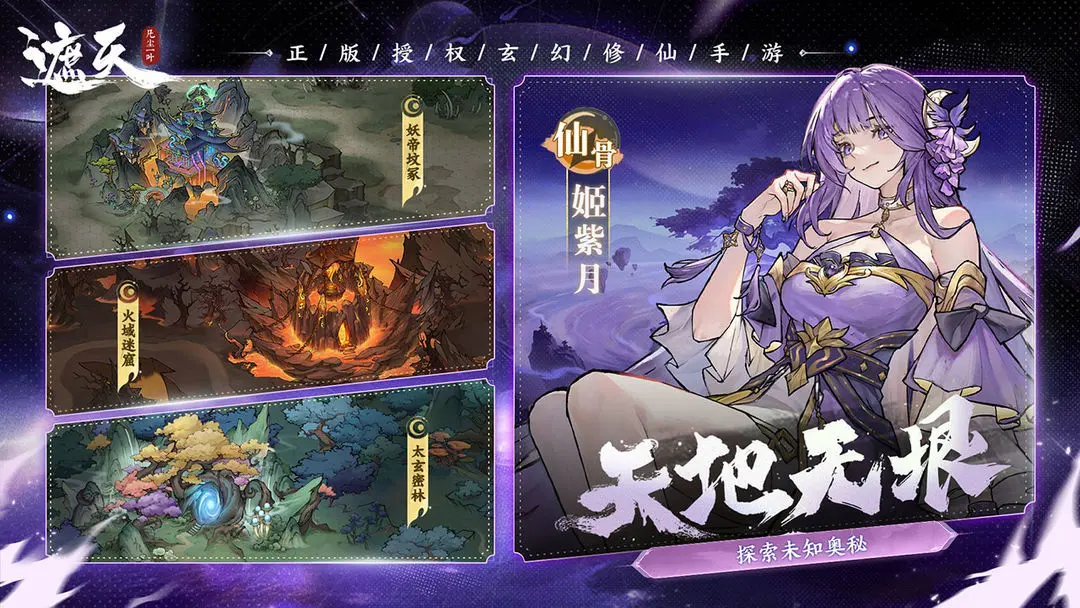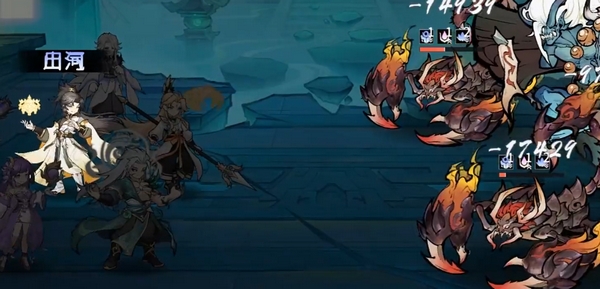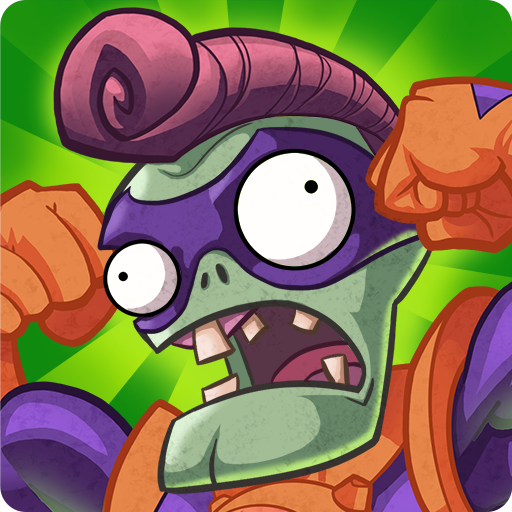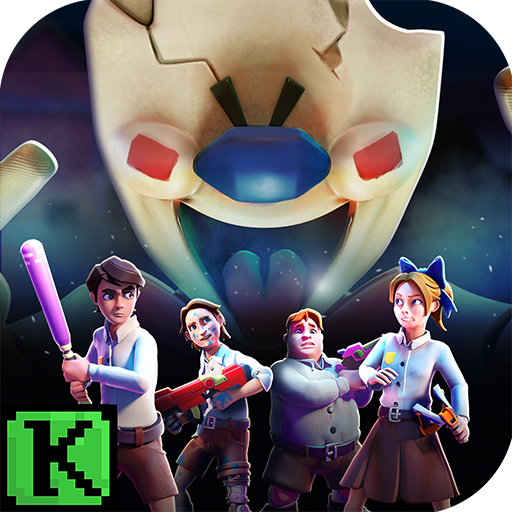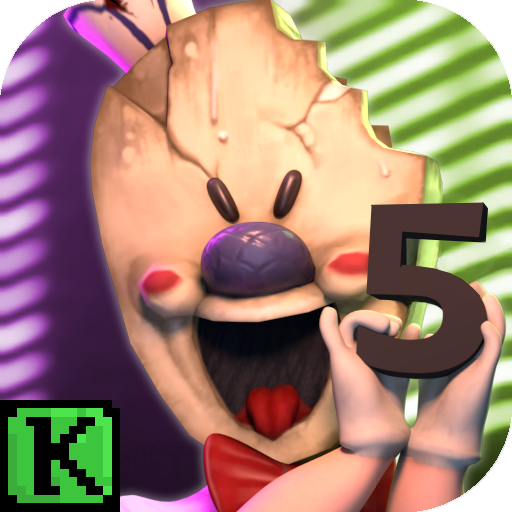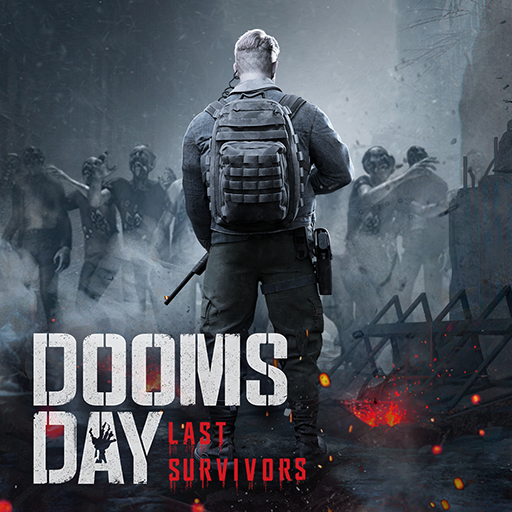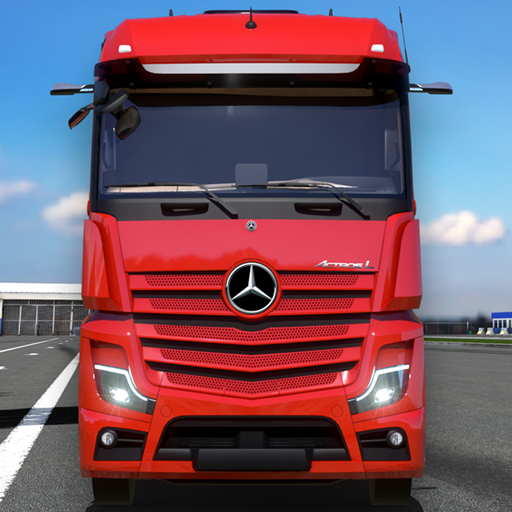Plants vs. Zombies 3 is a mobile game focused on strategy and tower defense. As a poison-type support and damage dealer, the Lulih Pharmacist relies on continuous poison damage and crowd control to be quite strong in prolonged battles and boss fights. Today, we will go into detail about the Lulih Pharmacist in Plants vs. Zombies 3. Its role in the game is very unique, with a poison mechanism that has great potential for synergy. For beginners to play it well, they need to thoroughly understand the skill mechanisms, team compositions, and timing of its use. Below, we will explain the practical methods step by step.
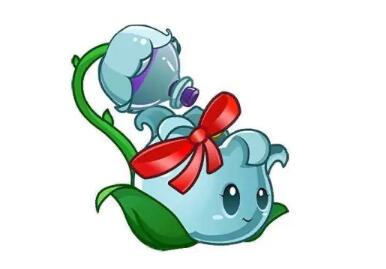
The core of the Lulih Pharmacist is poison fog control + continuous DOT. After being planted, it sprays "poison fog" towards the three rows directly in front. Each shot of the fog makes zombies "highly poisoned" (losing 8% HP per second, up to 3 stacks, lasting 5 seconds) and also slows them down by 20%. In levels with many mech zombies like "Mechanical Invasion," planting it in the middle of the third column can cover columns 2-4 with the poison fog, causing the mech zombies to continuously lose health. Combining this with the electric shock from Electric Peas, stacking poison and electric damage can clear all three rows in one go.

When choosing complementary plants for the lineup, pairing with Moonflower is the most practical. The Moonflower produces sunlight quickly (an extra 50 sunlight every 30 seconds), ensuring the Pharmacist's skills can be used continuously when placed next to it. Pairing with the Dusk Lobber (a dark poison damage dealer) means both poison-type plants together can cause zombies to lose 15% HP per second. In poison fog swamp-themed levels, the clearing speed is twice as fast compared to using a single plant. It can also be combined with the Cactus (for high single-target burst damage) where the Pharmacist controls and slows, and the Cactus finishes off the weakened zombies, making the division of labor clear and not wasting any output.
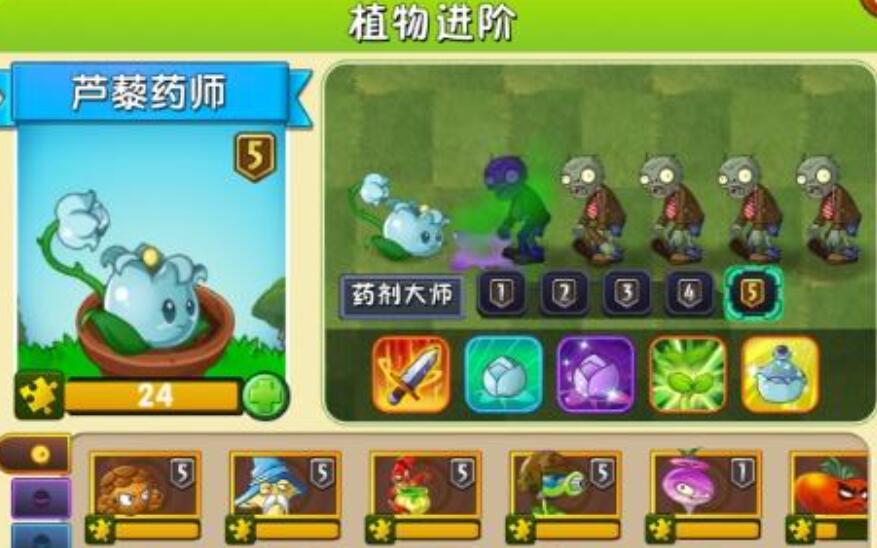
The timing of using the Pharmacist should be precise according to the waves of zombies. For example, in the 5th wave, which consists of Gargantuars and mech zombies, place the Pharmacist when the Gargantuar reaches the fourth column. The poison fog will first affect the mech zombies (stacking 3 layers of poison, losing 24% HP per second). Once the Gargantuar is slowed, the Cactus behind can easily finish it off. In the 10th wave, which includes 10 regular zombies and 5 conehead zombies, place the Pharmacist in the third column, covering three rows with the poison fog. The conehead zombies will be slowed, and the regular zombies will be poisoned. Adding a Fire Pea for burning damage can clear the entire wave. The position must be in the middle column (the third column); placing it too far to the side will only affect 1-2 rows, significantly reducing the control effect.
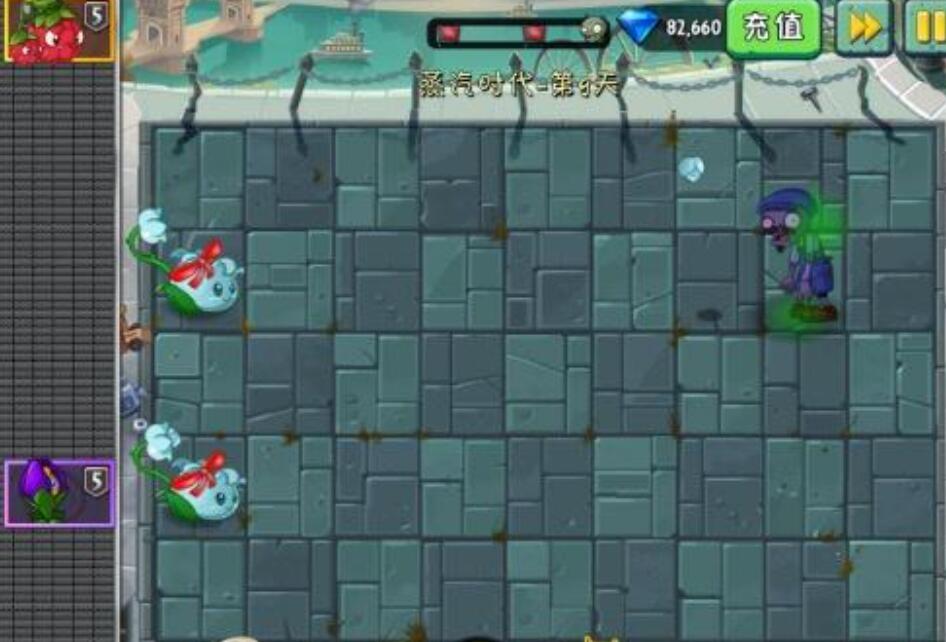
This concludes the introduction to the Lulih Pharmacist in Plants vs. Zombies 3. The key points are to pay attention to the DOT gameplay and the timing of its use. Mastering the Pharmacist's poison control, team composition, and release timing will make your defense line more solid, whether clearing small enemies or taking on bosses. Try out different combinations; the fun of tower defense lies in these small strategies. Once you get the hang of it, clearing levels will naturally become easier.
